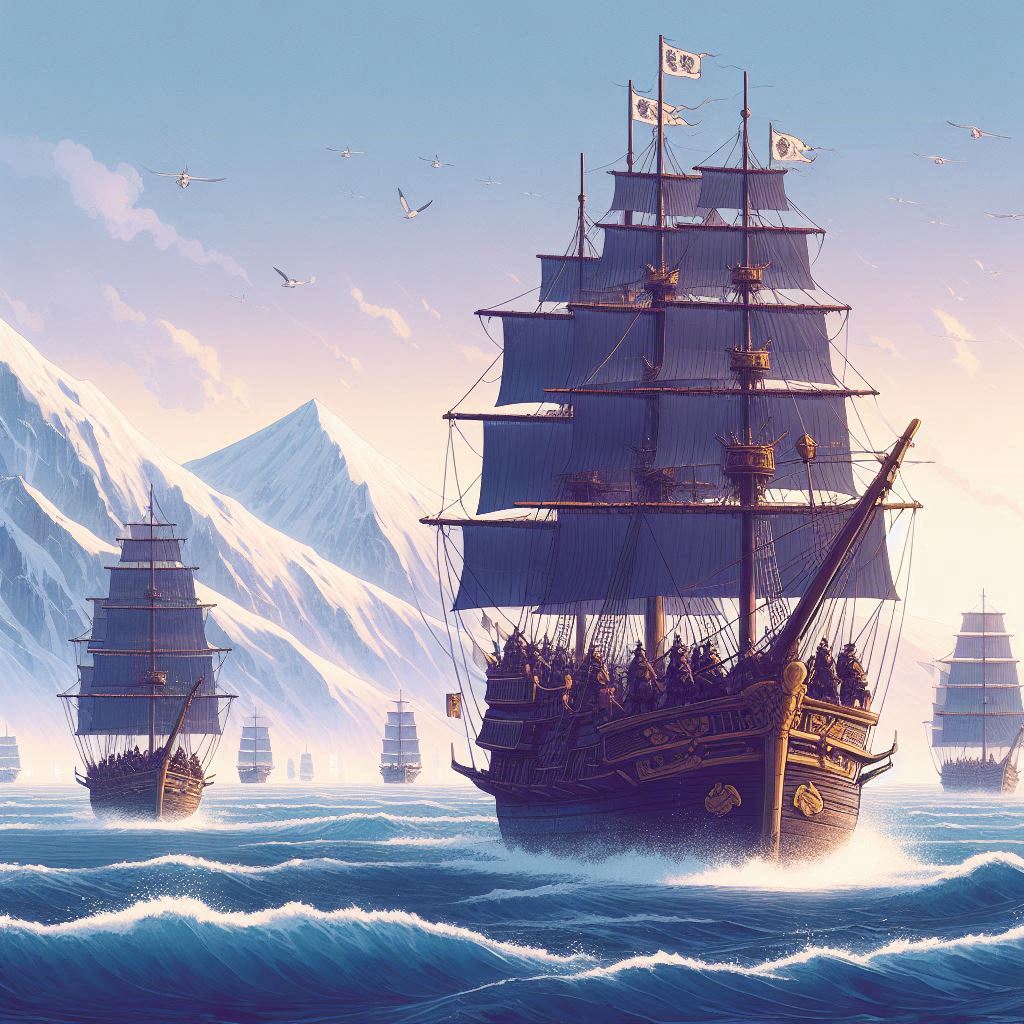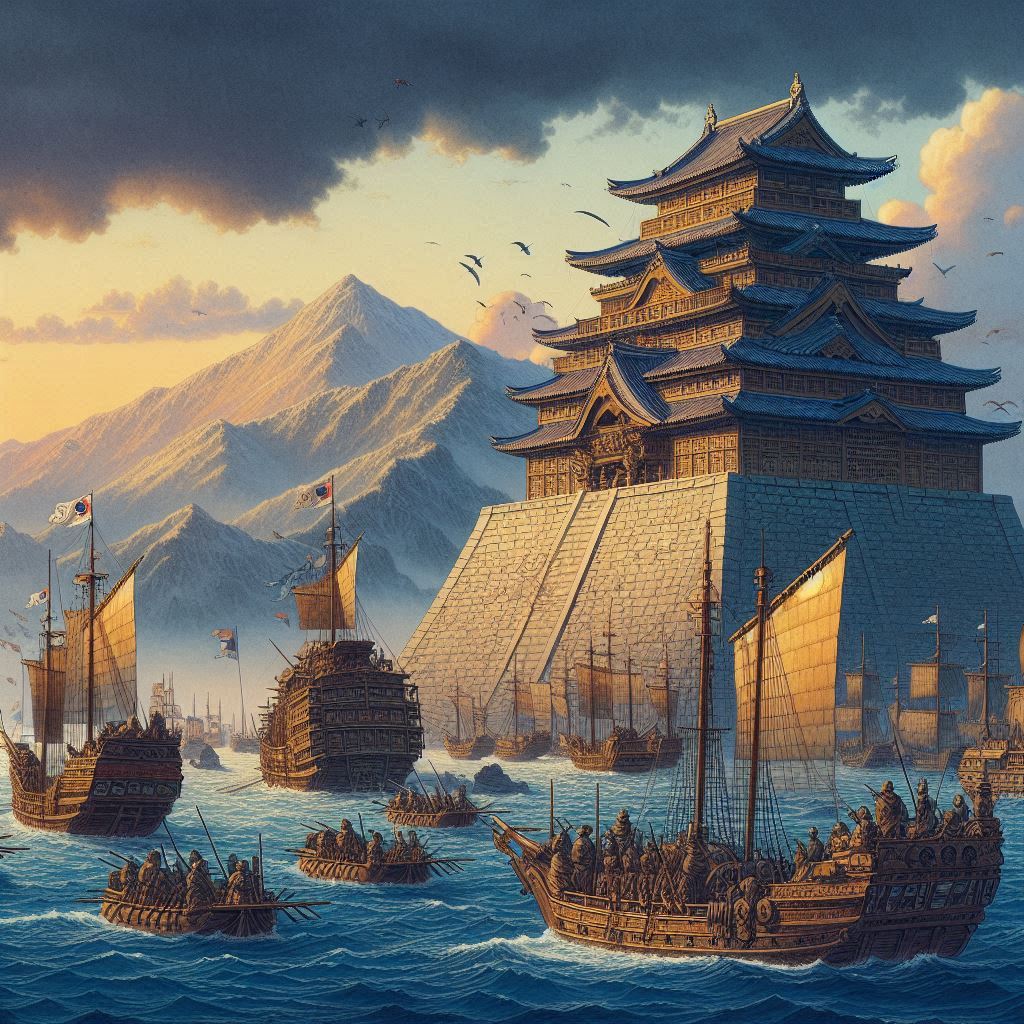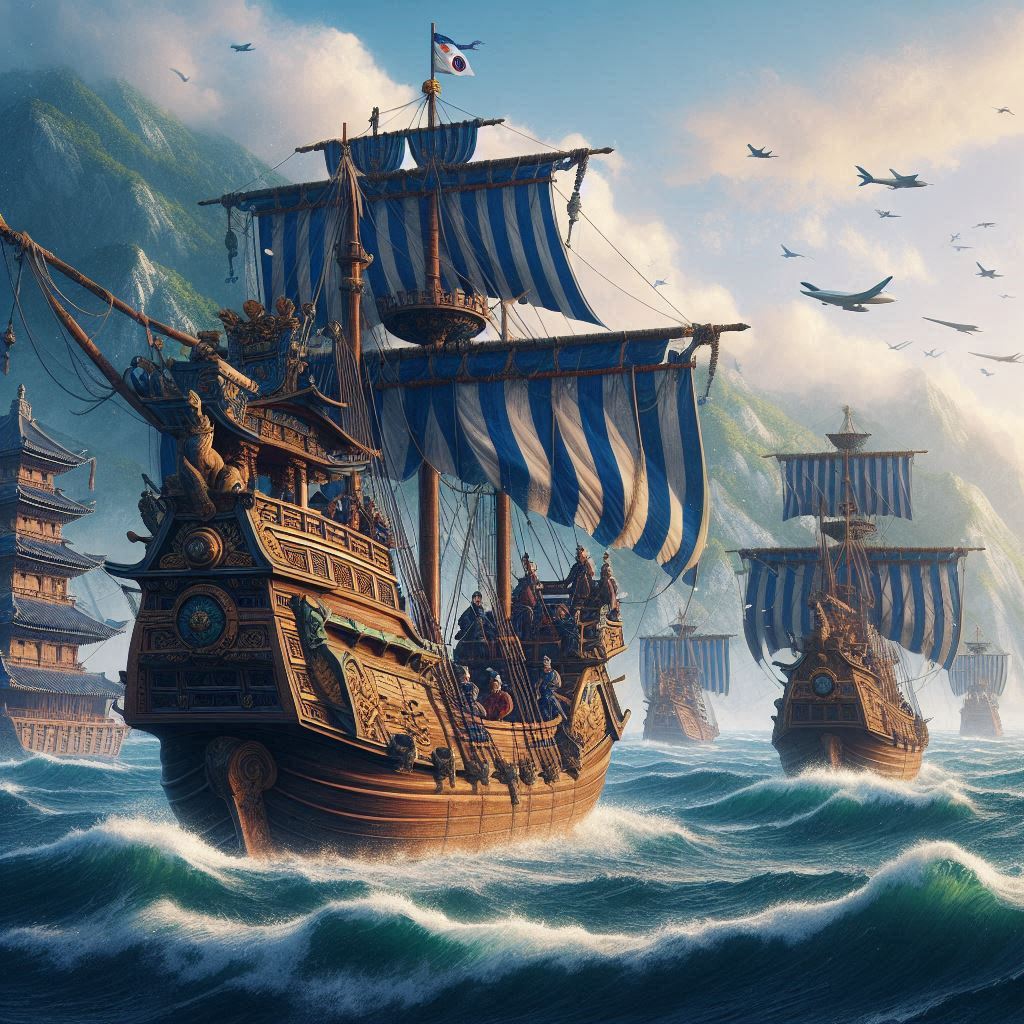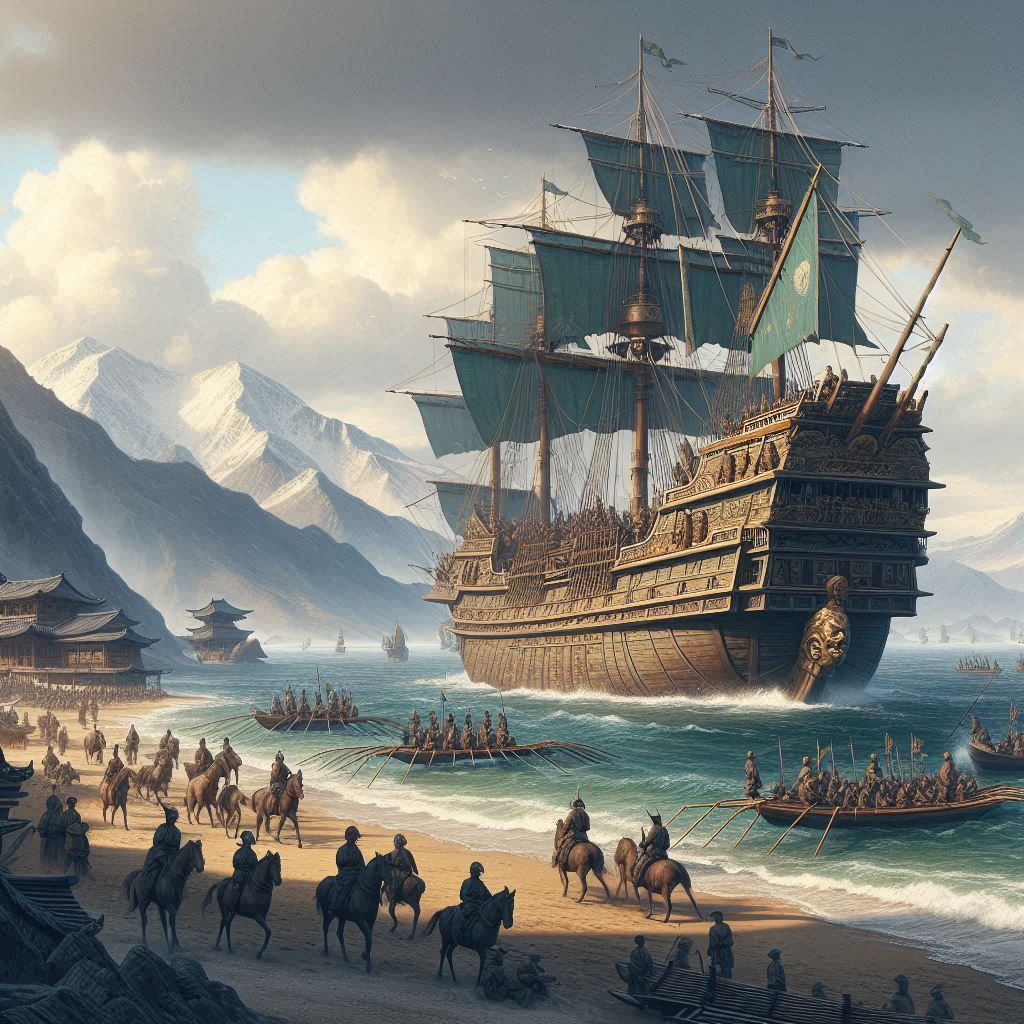豐臣秀吉對韓國發動的戰爭
豐臣秀吉對韓國發動的戰爭,也被稱為文祿慶長之役,發生於1592年至1598年,是日本歷史上一次重大軍事行動,對朝鮮半島和東亞地區產生深遠影響。
豐臣秀吉是日本戰國時代末期的重要人物,在1582年織田信長死後,他逐漸崛起。1590年,在成功擊敗北條氏,正式統一全日本。然而,卻面臨新挑戰,為穩固自己的權力並防止各大名叛亂,並解決在外流盪70多萬武士的社會問題。決定將目光轉向海外,希望通過對外戰爭轉移國內的矛盾,並實現其建立一個包括中國在內的廣大帝國的野心。
對外侵略的第一步就是攻打朝鮮。朝鮮王朝在當時是中國明朝的藩屬國,對秀吉來說,攻占朝鮮是進一步侵略中國的前奏。1592年4月13日,豐臣秀吉以借道朝鮮進攻明朝為藉口,派遣約15萬大軍渡海攻打朝鮮,這便是文祿之役的開始。日軍分別從釜山、浦項等地登陸,迅速向朝鮮內陸推進。朝鮮軍隊在日軍的猛烈攻勢下節節敗退,首都漢城(今首爾)很快陷落。
在初期,日軍在朝鮮取得迅速的勝利,幾乎佔領整個朝鮮半島。然而,隨著戰爭的進行,朝鮮民眾開始進行抵抗,朝鮮海軍在李舜臣將軍的指揮下也展開反擊,特別是以鳴梁大捷等著名海戰有效遏制日軍的補給線。同時,明朝應朝鮮的求援派遣大軍支援,雙方聯合展開反攻。
1593年,明朝援軍與朝鮮軍隊聯合發動反攻,成功收復一部分被日軍佔領的領土。此時,雙方陷入膠著,秀吉希望通過談判解決戰爭,但談判最終未能達成一致,戰爭再次爆發。這次戰爭被稱為慶長之役,從1597年持續到1598年。儘管日軍在一些戰鬥中取得局部勝利,但隨著秀吉的去世,日軍士氣低落,最終於1598年撤出朝鮮。
這場戰爭對朝鮮和日本都產生巨大的影響。對朝鮮來說,戰爭造成嚴重的破壞,人口大幅減少,經濟遭受重創。然而,也促進朝鮮民族意識的覺醒,李舜臣等抗日英雄成為國家的象徵。對日本來說,雖然在軍事上失敗,但秀吉的擴張政策在一定程度上鞏固其政權。然而,戰爭的失敗和隨後秀吉的去世,導致日本國內權力的重新洗牌,最終造成德川家康的崛起和江戶幕府的建立。
總的來說,豐臣秀吉對韓國發動的戰爭是東亞歷史上的一次重要事件。它不僅改變當時的政治格局,也對後來的歷史發展產生深遠影響,成為研究日本軍事擴張和東亞國際關係的重要案例。
Toyotomi Hideyoshi's war against Korea, also known as the Imjin War or the Japanese invasions of Korea (1592-1598), was a significant military campaign in Japanese history, leaving a profound impact on the Korean peninsula and East Asia.
Toyotomi Hideyoshi was a pivotal figure in Japan during the late Sengoku period. Following the death of Oda Nobunaga in 1582, Hideyoshi rose to prominence and, by 1590, successfully unified Japan after defeating the Hōjō clan. However, to solidify his power and prevent rebellions among the daimyo, and to address the social issue of over 700,000 idle samurai, Hideyoshi turned his attention overseas. He envisioned establishing a vast empire that included China, using Korea as a stepping stone for this ambition.
The first step in this external campaign was to invade Korea. At that time, Korea was a vassal state of the Ming dynasty of China. For Hideyoshi, conquering Korea was a preliminary move to further invade China. On April 13, 1592, using the pretext of seeking passage through Korea to attack the Ming dynasty, Hideyoshi dispatched about 150,000 troops to invade Korea, marking the start of the Imjin War. Japanese forces landed at Pusan and Pohang, swiftly advancing inland. The Korean military was unprepared for the ferocity of the Japanese assault, leading to the rapid fall of the capital, Hanyang (present-day Seoul).
Initially, the Japanese forces achieved swift victories, nearly conquering the entire Korean peninsula. However, as the war progressed, Korean resistance grew, and the Korean navy, under the command of Admiral Yi Sun-sin, mounted a formidable counterattack. Notably, the Battle of Myeongnyang significantly disrupted Japanese supply lines. Meanwhile, the Ming dynasty responded to Korea's plea for help by dispatching a large army to support Korea, leading to a combined counteroffensive.
By 1593, Ming and Korean forces began to reclaim some of the territories occupied by the Japanese. The conflict reached a stalemate, and Hideyoshi sought to negotiate an end to the war, but the negotiations ultimately failed, leading to the resumption of hostilities. This renewed conflict is known as the Keichō Campaign, lasting from 1597 to 1598. Although the Japanese forces achieved some tactical victories, Hideyoshi's death in 1598 demoralized the troops, leading to their eventual withdrawal from Korea.
The war had devastating effects on both Korea and Japan. For Korea, the war caused massive destruction, significant population loss, and severe economic disruption. However, it also fostered a stronger sense of national identity, with figures like Admiral Yi Sun-sin becoming national heroes. For Japan, while militarily unsuccessful, Hideyoshi's expansionist policies temporarily consolidated his power. However, the war's failure and Hideyoshi's subsequent death led to a power vacuum, eventually resulting in the rise of Tokugawa Ieyasu and the establishment of the Edo shogunate.
In conclusion, Toyotomi Hideyoshi's invasion of Korea was a crucial event in East Asian history. It not only altered the political landscape of the time but also had long-lasting implications for future historical developments, serving as a significant case study for Japanese military expansion and East Asian international relations.




照片:DALLE3
- 1
- 2
- 3
- 4
